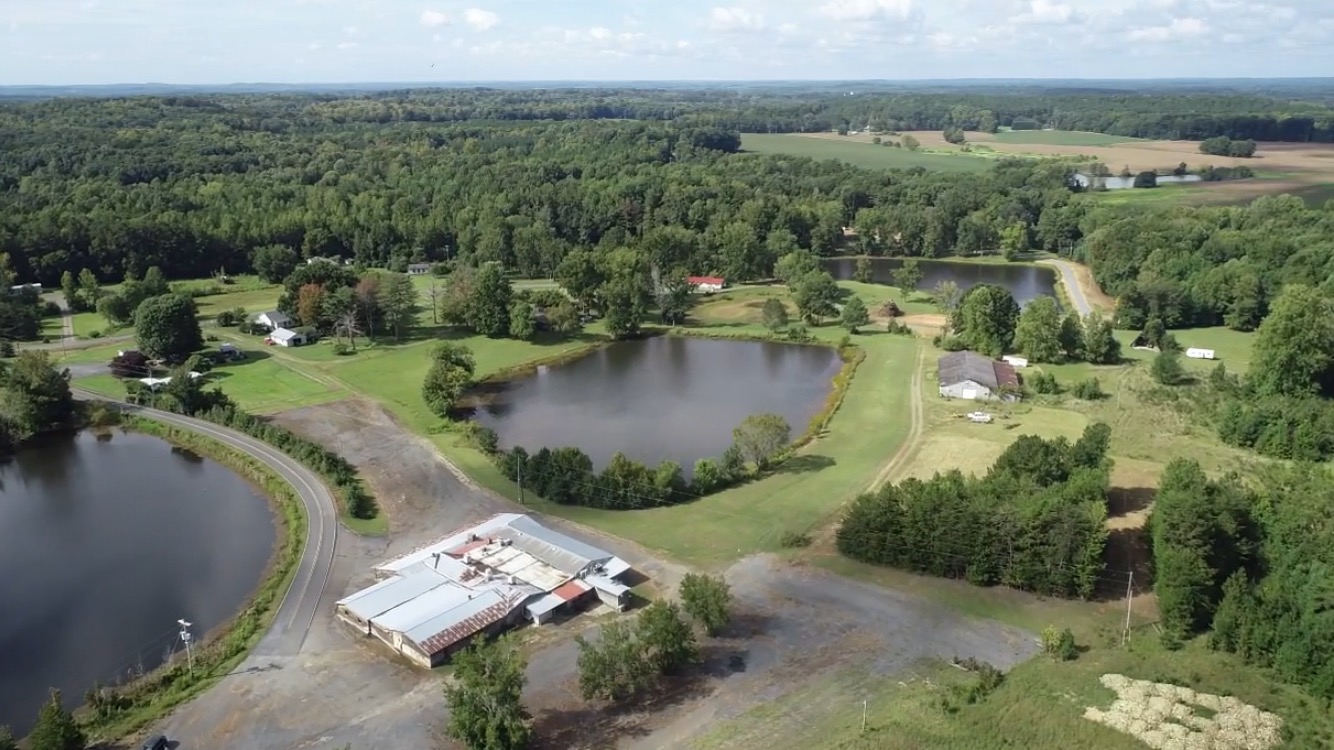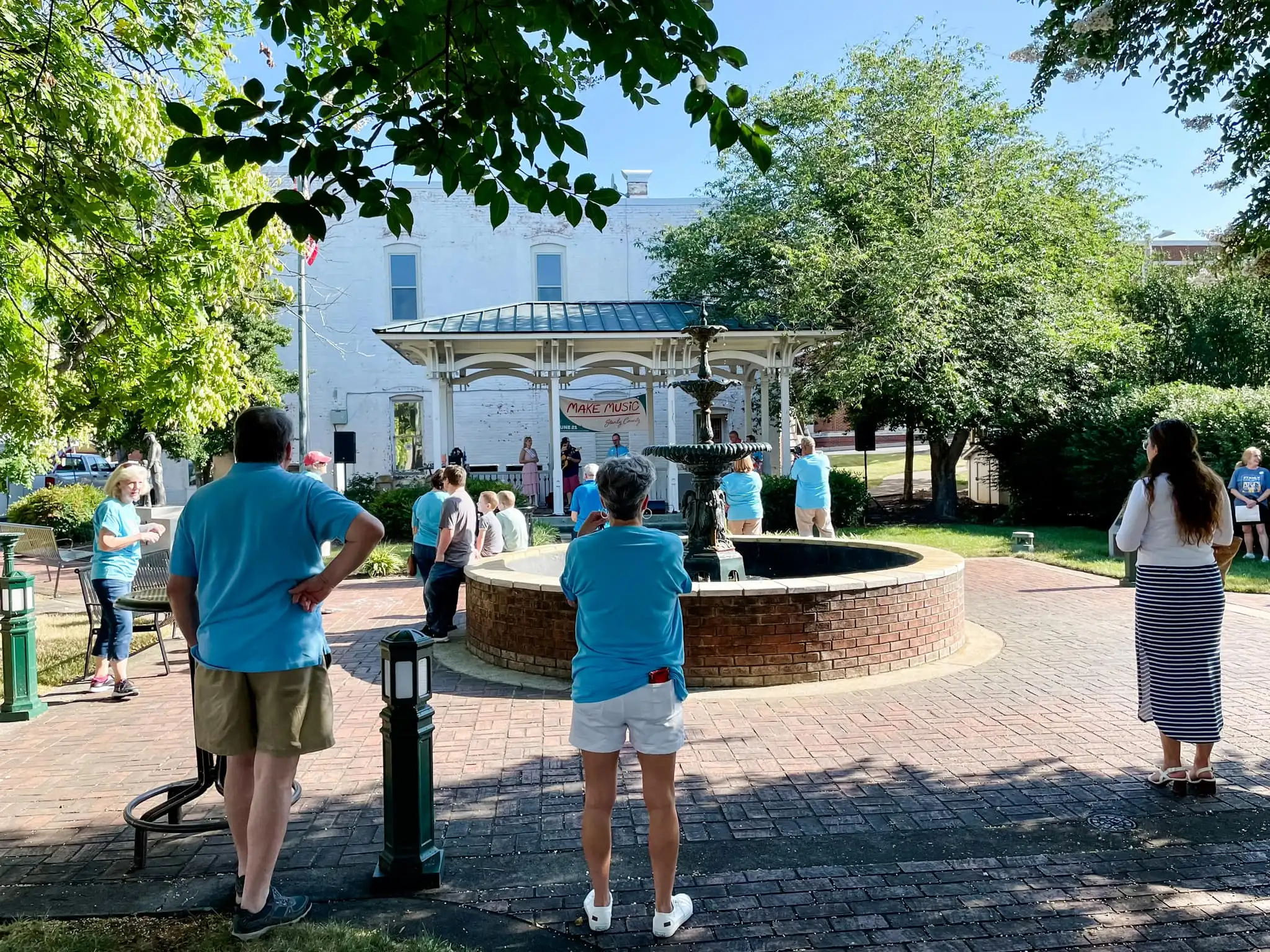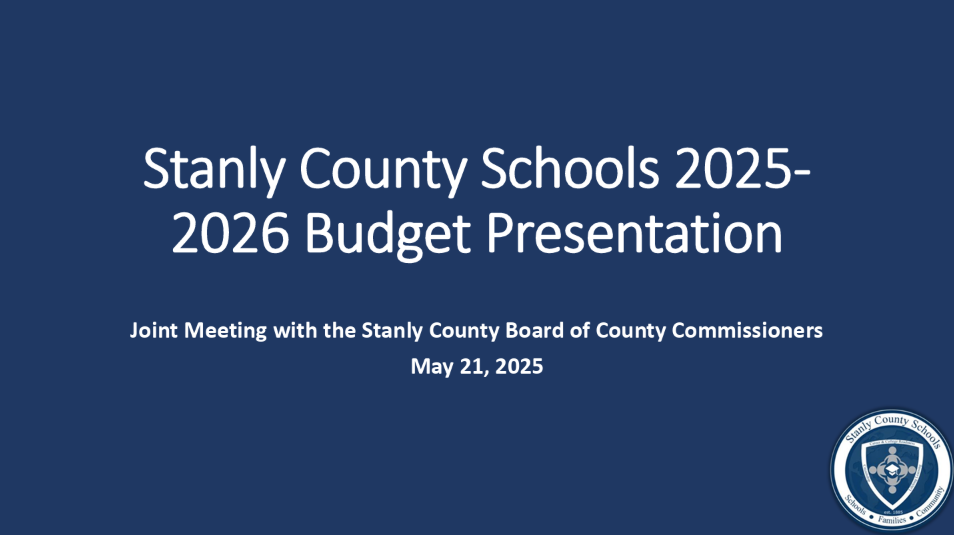D.G. MARTIN COLUMN: The Chapel Hill flu – 100 years later, will history repeat?
Published 2:17 pm Saturday, March 7, 2020
|
Getting your Trinity Audio player ready...
|
In Chapel Hill people still talk about the influenza pandemic of 1918.
Even after more than 100 years the community remembers the plague that killed the young, vibrant and very popular president of the University of North Carolina, Edward Kidder Graham.
On Oct. 26, 1918, two weeks after his 42nd birthday, Graham died from a pneumonia that was a common follow-up to the so-called Spanish Flu that infected him.

D.G. Martin
According to Greensboro author Howard Covington’s recent book, “Fire and Stone: The Making of the University of North Carolina under Presidents Edward Kidder Graham and Harry Woodburn Chase,” Graham had been active during October. He traveled to New York where he met with representatives of the estate of the wealthy and recently deceased Mary Lily Kenan Flagler Bingham. He had cordial meetings on Oct. 14 and 15 with Mary Lily’s brother, William Rand Kenan Jr. and her brother-in-law and cousin, Graham Kenan. Although Graham learned that while UNC could receive substantial funds later, there would be delays and some uncertainty until her complicated assets were sorted out.
Graham returned to Chapel Hill. In good shape, he played tennis on Oct. 18. But by Monday, Oct. 21, he was too ill to get out of bed.
Meanwhile, the university campus was under quarantine, with 300 cases of the flu reported and 150 hospitalized. Ironically, two days before he became ill, Graham had written students’ parents that the incidence of flu on campus was receding.
The loss of Graham shook not just the campus, but also the entire state. The News & Observer founder then serving as Secretary of the Navy, Josephus Daniels, wrote that Graham was “the most useful man in North Carolina and we could possibly spare any man in the state rather than him. We have nobody to fill this place.”
The flu was not finished taking down UNC stalwarts. Chapel Hill’s Tom Kenan told me that his kinsman, the lawyer Graham Kenan, died from the flu shortly after his New York meeting with Graham.
This pandemic killed more than 50 million people worldwide. Covington points out that it eventually took 675,000 American lives and that one-half of the country’s casualties during World War I were due to the flu or its complications. This flu strain, he wrote, “most often attacked those between the ages of twenty and forty. Graham had just turned forty-two. It struck without warning and could literally kill overnight. What may have been thought to be a seasonal cold developed into a deadly case of pneumonia that left sufferers gasping for air as blood and froth clogged their airways.”
This reaction was triggered by a massive immune response that caused the lungs to fill with fluid. Victims turned blue due to lack of oxygen as they drowned in this excess fluid.
Could Graham and the millions of other victims have been saved had there been better planning and preparation? We cannot know for sure. But we can ask our leaders and ourselves whether we can and should do more to prepare for the threatened coming of the coronavirus into our lives.
Writing in The New York Times on March 1, Nicholas Kristof acknowledges that nobody knows if the coronavirus will be a “big one.” But he says we should get ready. “The coronavirus may kill two percent of those infected; if correct, that would be similar to the lethality of the 1918 flu. Another similarity with 1918 is that the United States and the world are unready for a pandemic.”
Kristof cites Dr. Irwin Redlener, a Columbia University professor and director of the National Center for Disaster Preparedness, who told him, “We’re amazingly unprepared.”
If, as a result of that lack of preparedness, we lose people like Edward Kidder Graham and thousands of others, our generation will have earned a verdict of infamy from the jury of history.
D.G. Martin hosts “North Carolina Bookwatch” at 3:30 p.m. Sunday and 5 p.m. Tuesday on UNC-TV. The program also airs on the North Carolina Channel Tuesday at 8 p.m. and other times.





